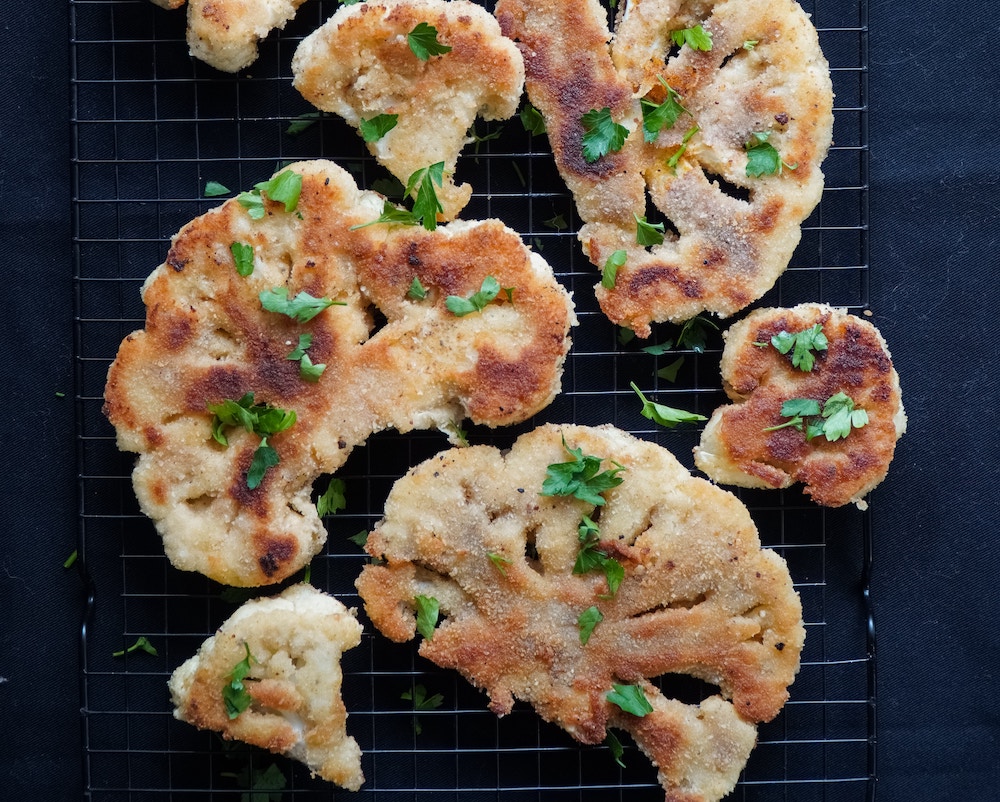I recently did a food intolerance test and as it turns out, I have multiple intolerances, most notably yeast. This means, I should stop consuming yeast-containing products for around six weeks to fight the candida growth and get rid of the symptoms before starting to introduce the foods again one by one to see what my body can digest and what not. Symptoms of a yeast intolerance/ the overgrowth of candida in the body include, but are not limited to, skin issues such as acne or eczema, PMS symptoms, allergies, joint pain, hormone imbalances, UTIs, yeast infections, bloating (similar symptoms to IBS, which is why they often get confused), anxiety, and depression.
As it turns out, yeast is in a lot of foods and drinks, some are more obvious than others. It feels a bit daunting to figure out what you can eat as a yeast-free vegan, so here is a little guide to help anyone in the same situation.
First, being yeast-intolerant does not mean you can’t have any of the items on the “no” list. It just means that those items are more likely to affect your intolerance and it’s a good idea to remove them from your diet for a few weeks and then slowly start with them one by one. That way you can see what works fine.

Foods to not eat:
- sugar and processed food (especially junk food)
- glutenous food (bread, pastries)
- wheat
- canned food
- starchy vegetables
- alcohol (some distilled alcohol, such as vodka, is okay after a few weeks)
- juices and sugary drinks
- dried fruit
- high-sugar fruit (grapes, banana, mango, pineapple)
- caffeine (black tea, coffee)
- vinegar
- soy sauce
- miso
- MSG (can be found in stocks, gravies, and canned food)
- condiments (ketchup, BBQ Sauce)
- peanuts
- inflammatory food
- some non-dairy cheese
The most important things to leave out for a while are yeast in general and sugar.
Foods to eat:
- soda breads, which are typically yeast-free
- green and cruciferous vegetables (such as broccoli, cauliflower, Brussels sprouts, kale)
- healthy fats (avocado, coconut oil, olive oil)
- nuts and seeds (except peanuts)
- low-sugar fruit (berries, green applies, lemon, lime)
- pseudo-grains (quinoa, millet, buckwheat)
- almond butter
- tea
- after the first two weeks, include some beans and legumes (lentils, chickpeas, kidney beans, etc) and you can try some starchy vegetables (sweet potato, pumpkin, squash)
If you eat beans and legumes, don’t use the canned ones, buy raw ones and prepare them yourself.
In addition to yeast, soy was in the yellow region of my intolerant foods, meaning I will have to reduce soy products as well for now. If that is not the case for you, you can also include tofu and other soy products in your diet.
The most important thing is: Don’t focus on what you can’t eat, focus on all the amazing things that you can eat and get creative with your recipes.
Get more like this—Sign up for our daily inspirational newsletter for exclusive content!
___
Photo: Bruna Branko via Unsplash




